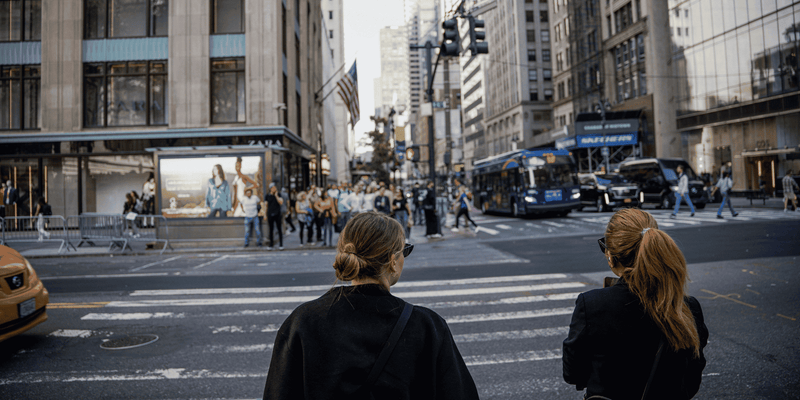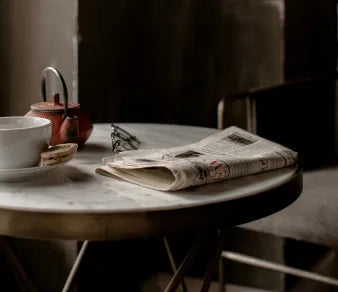
The quiet luxury trend is gaining momentum as society's relationship with wealth, style, and status undergoes a subtle but significant shift. In a world where economic disparities are growing and sustainability is becoming a key value, the public's perception of luxury has evolved. No longer is wealth synonymous with flashy logos or bold displays of status. Instead, there is a growing preference for subtlety, quality, and authenticity. Society's influence on this trend is clear: people are increasingly seeking ways to reflect their values through understated elegance rather than ostentatious wealth.
The Impact of Social Awareness on Luxury Trends
Luxury is often defined by what society deems valuable at a particular moment in time. In previous decades, flaunting wealth through conspicuous consumption was not only accepted but admired. However, the rise of social awareness, particularly around issues like income inequality and environmental sustainability, has led to a change in how people express wealth. The quiet luxury trend is a reflection of these evolving values. As people become more conscious of economic disparities, loud displays of wealth are seen as distasteful or even insensitive.
Quiet luxury, on the other hand, offers a way for individuals to express status through discretion. Instead of using logos and brand names as symbols of wealth, the focus shifts to the craftsmanship, material quality, and timelessness of the items. This subtle approach not only aligns with a more sustainable mindset but also reflects a growing cultural shift toward authenticity and self-assurance without the need for validation from others.
Society’s Relationship with Economic Uncertainty
The quiet luxury trend has been accelerated by the economic instability brought on by global events like the COVID-19 pandemic. During times of uncertainty, society often becomes more reflective about consumption, leading to a preference for investment pieces that stand the test of time. Historically, luxury brands have responded to economic crises by offering more restrained and classic collections, and this trend continues today.
After the 2007-2008 global financial crisis, quiet luxury emerged as a response to the social climate, where the flaunting of wealth became associated with insensitivity to those facing hardship. This historical context mirrors the current moment, where growing income inequality has made overt displays of wealth feel out of touch with reality. In this light, quiet luxury offers an elegant solution that resonates with society's desire for a more thoughtful approach to luxury.
Pop Culture’s Role in Quiet Luxury’s Popularity
While societal values have driven the trend toward quiet luxury, pop culture has helped bring it to the mainstream. Shows like Succession have spotlighted the lives of ultra-wealthy individuals who prioritize understated style over flashy extravagance. In these depictions, wealth is conveyed through the finest materials and impeccable tailoring rather than recognizable logos or high-profile brands. This portrayal of wealth aligns with society's growing disdain for showy displays of affluence and has contributed to the increasing popularity of quiet luxury.
On platforms like TikTok, the younger generation—particularly Gen Z—has embraced this trend, often referring to it as "stealth wealth" or "old money style." For Gen Z, quiet luxury represents self-assurance, independence, and a rejection of the need for external validation. Society's growing engagement with sustainability and social justice issues has made this younger generation particularly aware of the impact of conspicuous consumption, further reinforcing the trend toward understated luxury.
The Long-Term Appeal of Quiet Luxury in a Changing World
The quiet luxury trend reflects a broader societal shift that may have long-term staying power. As sustainability, ethical consumption, and awareness of economic inequality become even more central to cultural conversations, the demand for discreet, high-quality, and timeless products is likely to continue. For luxury brands, this shift means an opportunity to appeal to a new kind of consumer: one who seeks confidence through subtlety, cares deeply about craftsmanship, and rejects the need to broadcast their wealth.

